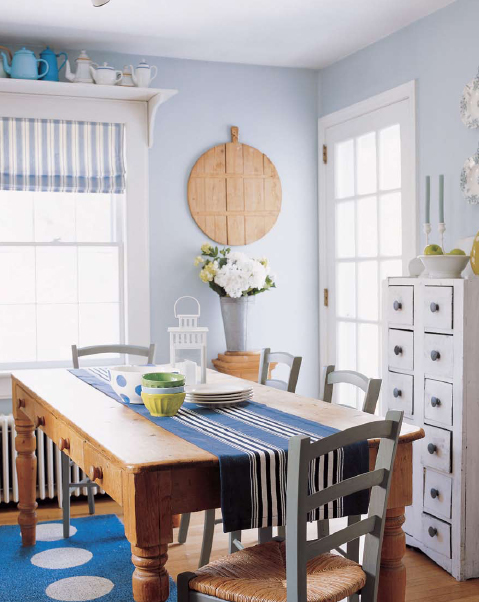
Copyright 2009 Filipacchi Publishing,
a division of Hachette Filipacchi Media U.S., Inc.
First eBook Edition: December 2009
Filipacchi Publishing
1633 Broadway
New York, NY 10019
PointClickHome.com is a registered trademark of Hachette Filipacchi Media U.S., Inc.
All rights reserved. No part of this book may be reproduced or transmitted in any form or by any means, electronic or mechanical, including photocopying, recording, or by any information storage and retrieval system, without permission in writing from the publisher.
ISBN: 978-1-933-23176-1
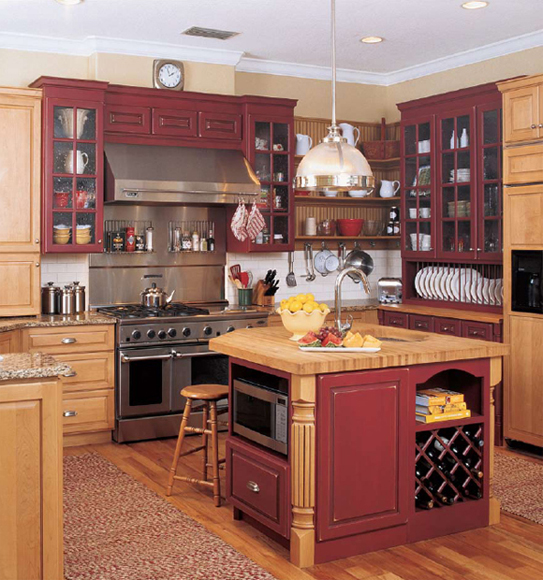
We acquire, we consume, we trash, and in addition we also store. Even items we havent worn, used, or even looked at in years manage to get tucked away because we somehow feel we cannot function without them. The result is that our attics and basements, if we have either or both, and certainly our closets, are all packed to the walls and ceilingoften with items we should have disposed of long ago.
A lot of us complain repeatedly that our homes just arent big enough to hold everything we need to keep there, although we probably know in our hearts that, even if we could double our living space overnight, we would gradually fill every nook and cranny and, once again, wonder aloud if there was any way to acquire more room.
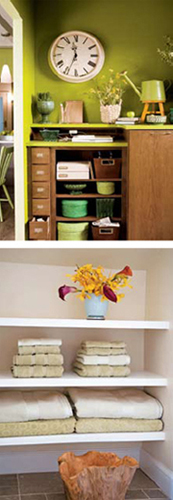
Lack of space is certainly a challenge, but it is superseded in every instance by the answer to one succinct question: How best to use that space? Yes, we can buy and bring in more cabinets, cupboards, bookshelves, and chests. But before actually shopping, we must determine what we really dont need to keep anymoreand get rid of it. Then we should select the most likely and convenient places to store what we decide we have to keep.
In truth, there probably isnt a room in the house where we dont store something. Then, of course, there are outdoor spaces where storage capability is also essential. All such needs should be assessed; we shouldnt store anything we havent examined and evaluated. Similarly, we shouldnt put away anything that we havent labeled or identified clearly.
Storage decisions are ongoing, because household needs inevitably change as family needs evolve. But once theres a storage plan, revising it periodically should not be difficult. Take inspiration from what inventive designers and homeowners have done, as pictured in Store It! Their work confirms that even the most practical storage solutions can be attractive and appealing.
MERVYN KAUFMAN
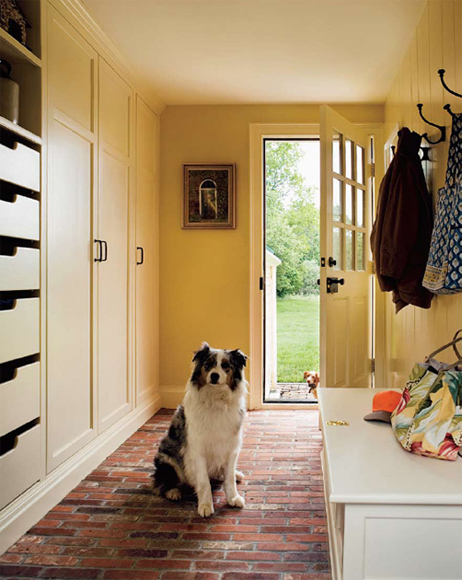
A glass-paneled patio door opens into a spacious entry whose mottled brick floor adds a note of rusticity to a refined ambience. On a wall of built-ins, floor-to-ceiling storage includes six easy-gliding drawers plus three floor-to-ceiling closets. Facing that wall system is an oversize chest with storage drawers below and wall hooks directly above.
MUDROOMS AND ENTRY HALLS are busy, high-traffic areas in almost any house. An entry hall, which could be a narrow widening inside the front door or a very formal foyer, is the first thing you and your guests notice upon entering your home. Making it neat as well as functional is an enviable goal and can be an organizational challenge.
A mudroom is where boots and outerwear are shed, shopping bags get dropped, and keys and coins are tossed. Coats, hats, schoolbags, umbrellas, and often shoes are left out in the open, creating visual chaosand making it hard to find what you need to deal with or wear. People tend to give lip service to the idea of providing efficient storage in these spacesplaces to store what comes into the house or what must be grabbed or donned on the way out. Of course, what often happens is that eventually the messiness becomes less visible. You may not see it anymore unless you happen to trip on it.
FIRST IMPRESSIONS
Pretend you are a first-time visitor to your home. Go outside and re-enter via the front door. Stand in the foyer or front hall and look around. What do you see? Is there a place to plunk a folded umbrella, a surface on which to rest a briefcase, handbag, or tote? Is there enough light to make the space feel cheery and welcoming? And if theres a closet, does it have rack space not only for your familys off-season outerwear but also for guest coats and cold-weather gear? Equally important, is the space generally free of clutter?

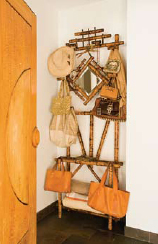
When space is tight, creativity takes over. In a tiny hall corner (top), staggered hooks hold hats, coats, and scarves; tin trays are aligned to hold shoes and contain outdoor mud; umbrellas reside in a tall stand. A bamboo coat rack with its own sensible-height mirror (bottom) is a convenient catchall for various handbags and hats.
DESIGNER SUGGESTIONS Pros agree that keeping clutter under control can be liberating, but it also makes demands. Jerome Currie Hanauer, a New York City designer, tackles the problem head-on: You have to take a hard look at everythingdecide what you need to keep and what you can toss. For him, some degree of paring down must occur first, before any of the following storage solutions are even considered:
 Instead of a hall table, consider a small chest or a console table with at least one drawer. Keeping items in drawers rather than out in the open is a practical, effective way to create an uncluttered look.
Instead of a hall table, consider a small chest or a console table with at least one drawer. Keeping items in drawers rather than out in the open is a practical, effective way to create an uncluttered look.
 Provide a place for everything likely to be dropped on any flat surface: a bowl or basket for keys, sunglasses, and mail, for example, plus a tall container for wet umbrellas. Dont clutter an entry with family photos; display them in the family room or in a hall leading to your bedrooms.
Provide a place for everything likely to be dropped on any flat surface: a bowl or basket for keys, sunglasses, and mail, for example, plus a tall container for wet umbrellas. Dont clutter an entry with family photos; display them in the family room or in a hall leading to your bedrooms.
 Make sure your guest closet really is that. While it may be a great place to store infrequently used or off-season clothing, be sure to reserve space on the rod for guest coats, and ditch those wire hangers. Keep a clutch of wooden hangers on hand to add to the feeling of welcome.
Make sure your guest closet really is that. While it may be a great place to store infrequently used or off-season clothing, be sure to reserve space on the rod for guest coats, and ditch those wire hangers. Keep a clutch of wooden hangers on hand to add to the feeling of welcome.
 Decorate your guest closet as you would any room: Apply wallpaper, a fresh coat of paint, some shelf liner, and perhaps some shelf trim.
Decorate your guest closet as you would any room: Apply wallpaper, a fresh coat of paint, some shelf liner, and perhaps some shelf trim.
DECORATIVE SPACE-STRETCHERS If space in your home is limited, its possible to make a hall or entry do double duty without making it feel less welcoming.



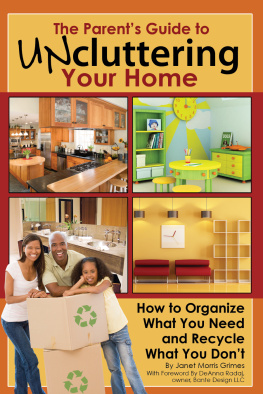


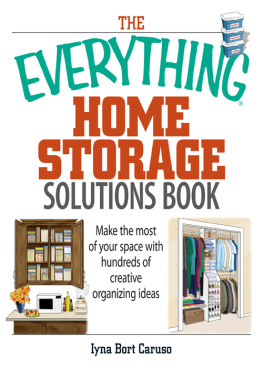

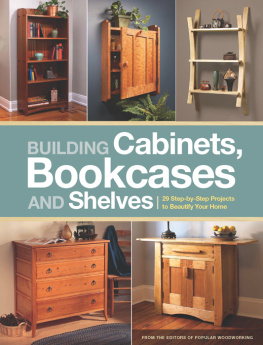
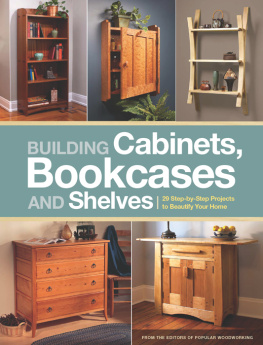
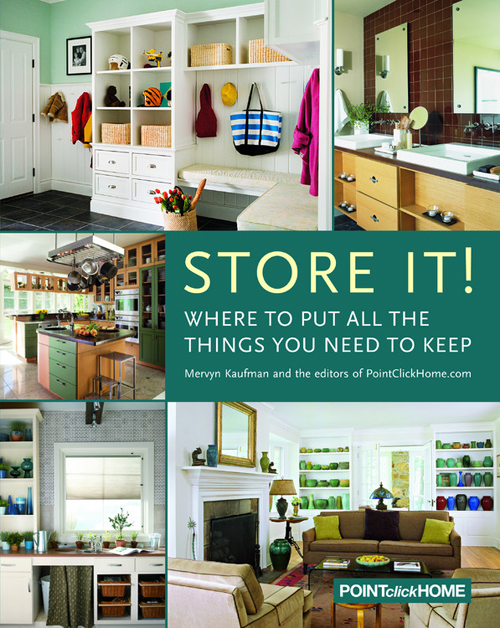






 Instead of a hall table, consider a small chest or a console table with at least one drawer. Keeping items in drawers rather than out in the open is a practical, effective way to create an uncluttered look.
Instead of a hall table, consider a small chest or a console table with at least one drawer. Keeping items in drawers rather than out in the open is a practical, effective way to create an uncluttered look.